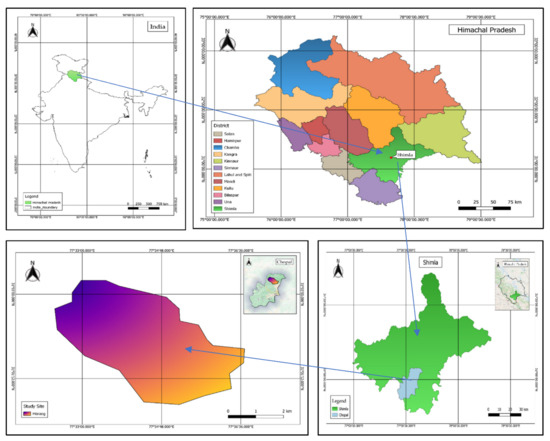Prospects of Using Wild Plant Species in Horticulture
A topical collection in Horticulturae (ISSN 2311-7524).
Viewed by 67690Editors
Interests: pomology; biodiversity; sustainable growing; berry fruits; fruit quality
Special Issues, Collections and Topics in MDPI journals
Interests: endemic plants; medicinal plants; morphology; micromorphology; biological activities
Special Issues, Collections and Topics in MDPI journals
Topical Collection Information
Dear Colleagues,
In modern horticulture, efforts are directed toward the cultivation of a variety of plant species resulting in a high impact on human lives, health, and the environment. Horticultural crops encompass a multitude of fruit, vegetable, aromatic and medicinal plants, turf grasses, grapes, and ornamental plant species. More than 300,000 plant species are growing spontaneously in nature and many of them have the potential to be used in horticulture. This Topical Collection will cover different aspects of possible uses of wild plant species in horticulture, such as new introductions into cultivation, on-farm conservation, wild plants as initial material for breeding and improvement of existing horticultural crops, as a source of new products to be used in horticulture (biopesticides, biostimulants, etc.), and as crops in sustainable production systems.
Manuscripts or review papers by leading experts in these fields are welcome and the results of original researches are also strongly encouraged.
Prof. Dr. Boris Duralija
Dr. Dario Kremer
Collection Editors
Manuscript Submission Information
Manuscripts should be submitted online at www.mdpi.com by registering and logging in to this website. Once you are registered, click here to go to the submission form. Manuscripts can be submitted until the deadline. All submissions that pass pre-check are peer-reviewed. Accepted papers will be published continuously in the journal (as soon as accepted) and will be listed together on the collection website. Research articles, review articles as well as short communications are invited. For planned papers, a title and short abstract (about 250 words) can be sent to the Editorial Office for assessment.
Submitted manuscripts should not have been published previously, nor be under consideration for publication elsewhere (except conference proceedings papers). All manuscripts are thoroughly refereed through a single-blind peer-review process. A guide for authors and other relevant information for submission of manuscripts is available on the Instructions for Authors page. Horticulturae is an international peer-reviewed open access monthly journal published by MDPI.
Please visit the Instructions for Authors page before submitting a manuscript. The Article Processing Charge (APC) for publication in this open access journal is 2200 CHF (Swiss Francs). Submitted papers should be well formatted and use good English. Authors may use MDPI's English editing service prior to publication or during author revisions.
Keywords
- new plant species
- chemical composition
- fruit and vegetable species
- aromatic and medicinal plant species
- ornamental plant species
- turf grass
- viticulture
- biodiversity
- sustainable horticulture
- pest and diseases control
- new cultivars and varieties
- wild plant conservation
- endemic plants




















